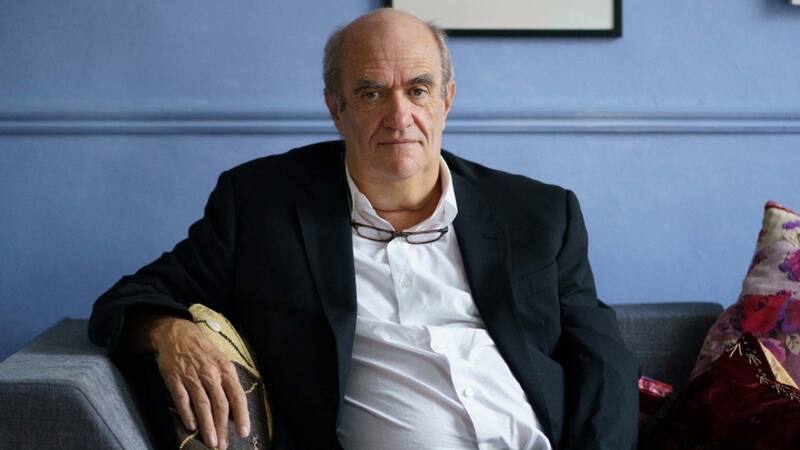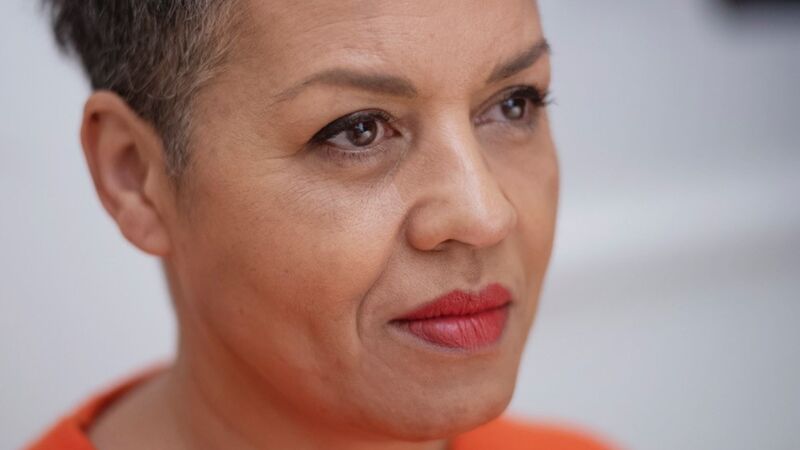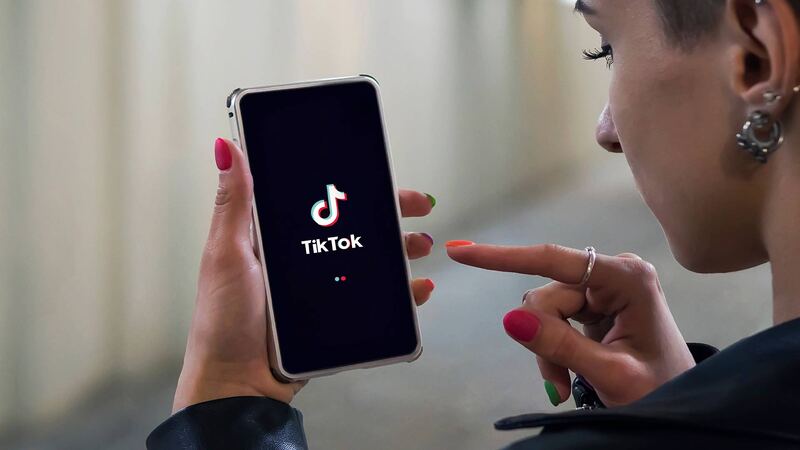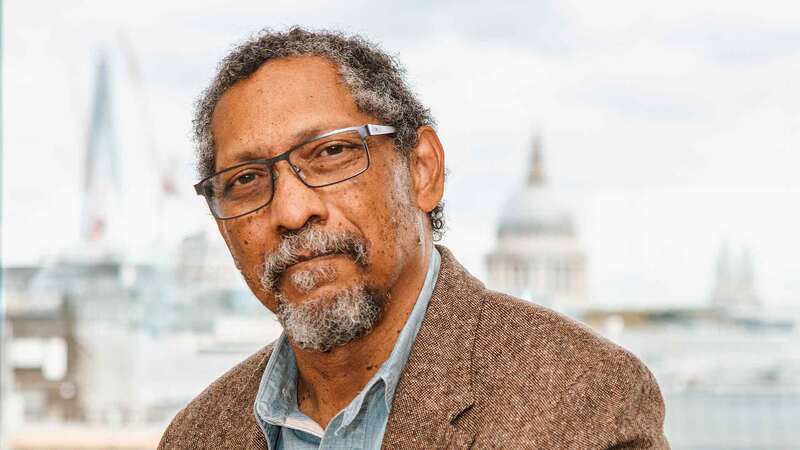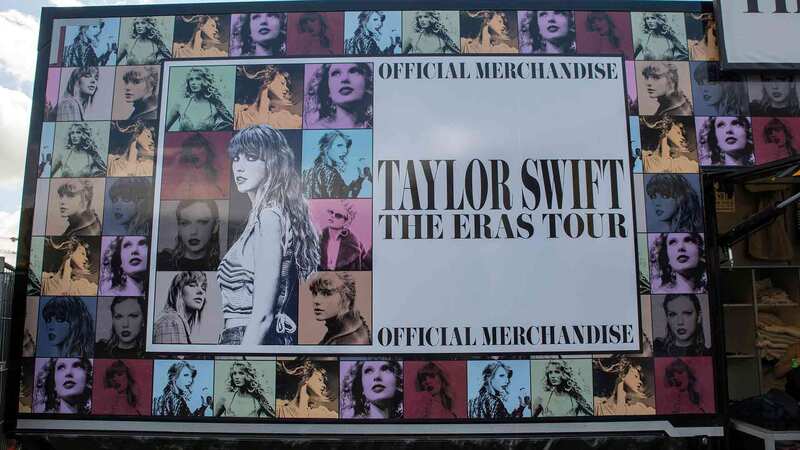You are viewing your 1 free article this month. Login to read more articles.
A way to go
There was a time when, if I were looking for books focused on lesbian, gay, bisexual or transgender people, I would head straight to Lambda Rising, the wonderful independent LGBT bookstore in my home city of Washington DC. Not anymore. Lambda Rising, like many LGBT bookstores in the US, shut down several years ago.
The loss of these stores represented much more than a blow to retail; many were also gathering places that hosted events and took part in advocacy efforts supporting their local communities.
But another wave of change affecting the LGBT community has happened in the past few years, too—a much more positive one. Fiction and non-fiction about LGBT people has become much easier to find in bookstores of all kinds: indies and chains, online and bricks- and-mortar shops. The publishing industry’s representation of the LGBT community has come light years from where it once stood.
Particularly in the category I write, Young Adult fiction, LGBT characters have become so commonplace that they are no longer seen as occupying a niche. The number of YA books with LGBT lead characters that are released each year has multiplied many, many times over in the past decade, while LGBT secondary characters have appeared in more recent YA books than I could count. And Becky Albertalli’s brilliant YA novel Simon vs the Homo Sapiens Agenda, about a gay teen boy coming out and falling in love, is being adapted into a major movie starring Jennifer Garner and a host of incredible young actors.
And yet, I still frequently get emails from readers who tell me that my books are the first they’ve ever read— sometimes the first they’ve ever even heard of—with LGBT main characters.
I still hear, every time I go to book festivals, that LGBT teen readers can’t find books about kids who are like them.
These books are out there, but there still aren’t enough of them. And too many of the books that have already been published aren’t reaching all the readers who need them.
For centuries, mainstream publishing focused exclusively on books about straight, cisgender characters. We’ve come a long way in the past few years, but we still have to make up for all that lost time. The number of books about LGBT people coming out now is still a tiny fraction of the total compared to our actual representation in the population. And, perhaps even more importantly, we need to make sure the books that are already out there are getting into readers’ hands.
Allocating marketing budgets to support these books is critical. So is making sure they are prominently displayed in stores, in libraries and online. And we’ve got to encourage booksellers, librarians and teachers to talk them up to potential readers of all ages, races, classes, genders and sexual orientations.
LGBT books are no longer a niche market, and we’ve got to push them out into the world—both to readers who are already craving them, and to readers who might not previously have been aware these books existed. We need to be careful, too, not to limit the books’ audience by making implicit, outdated assumptions about which readers will be interested in stories about LGBT characters.
It will take conscious, ongoing efforts on the part of writers, publishers, librarians, booksellers and everyone else who makes up this ecosystem, but the payoff will be tremendous.
Hopefully, some day, I’ll go to a teen book festival and have a young reader come up and tell me she’s already read a bunch of books about kids like her. And then she’ll ask me to recommend more.
Robin Talley is a YA author. Her latest book, Our Own Private Universe (HQ), is out now.





